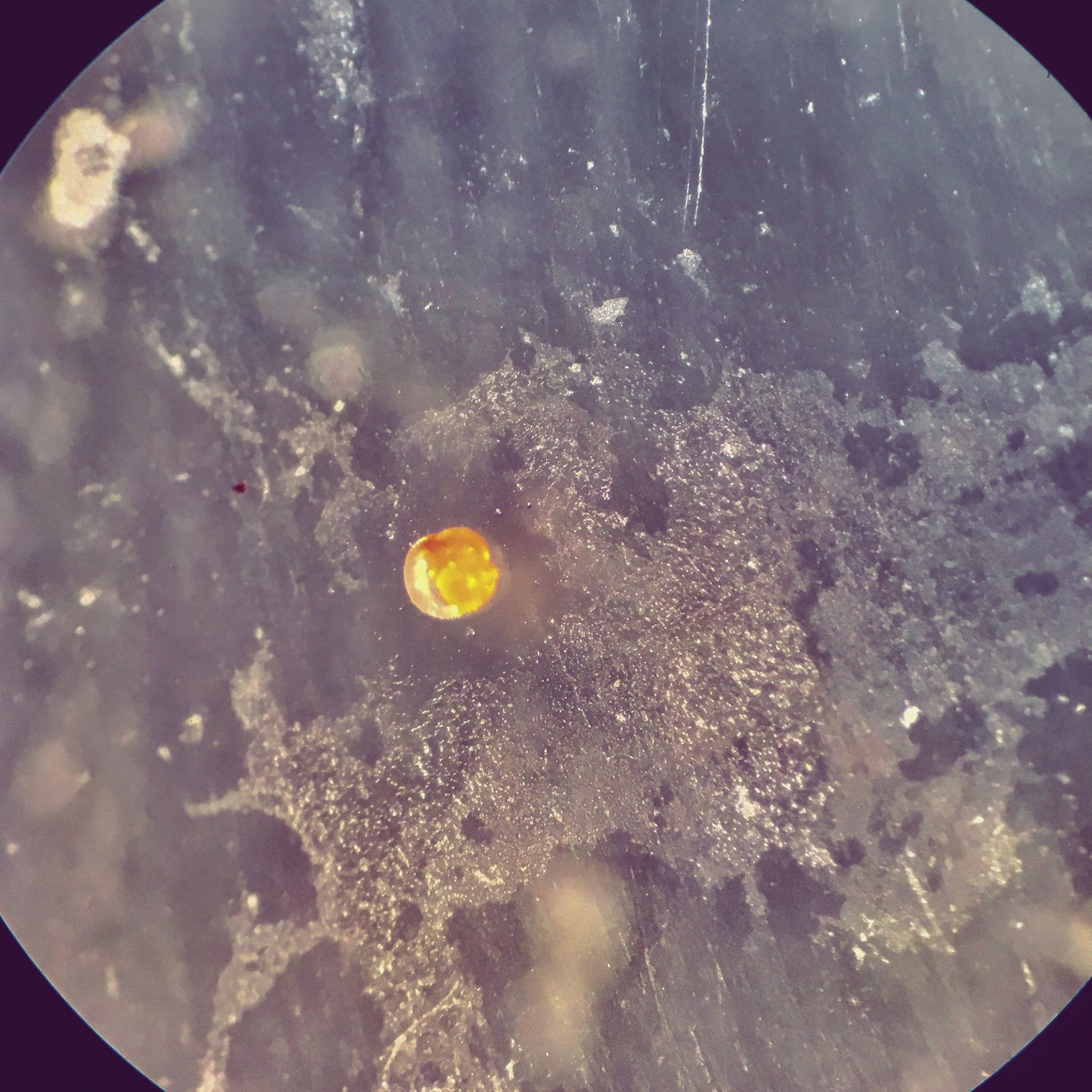Review: Note-Taking Apps on the iPad
I've been a little late to the party after having acquired an iPad (I'm using an iPad Mini 4), but I've finally delved a little deeper into (handwriting) note-taking apps. Although I am a big proponent of putting pen on paper, taking digital notes to boost academic productivity makes a lot of sense for many reasons including a lighter load to carry, optical character recognition, easy digital access to your favorite file management system, quick incorporation of media into your notes etc. Currently, I still prefer my fountain pen and paper for brainstorming and refining ideas, but over the last few weeks, I’ve found that note-taking apps have been very useful in navigating the day-to-day activities of academia including meetings, seminars, and Skype sessions.
When it comes to handwriting apps on the iPad, in my opinion, a stylus is essential. I haven't caved in yet for an Apple pencil but I have found a really good stylus which I would recommend (and is much cheaper!) A stylus is especially useful because most of these apps have a magnifier feature which makes it easier to write neatly and organize your notes. I've tried out three different apps and this post details the pros and cons according to my experience.
The apps I've looked into:
Penultimate
Pros
- It's FREE!
- Seamless sync with Evernote
- Great variety and breadth of templates to choose
- Colors and lines are visually pleasing
- Handwriting algorithm renders a rather crisp display which is aesthetically pleasing
Cons
- No Optical Character Recognition (OCR) feature
- The "auto-scroll" option while on magnification is really clunky
- Difficult to organize and subcategorize notes
- No multi-tab feature and overall basic customization
- Cannot set different margins for return on magnifier
- No sound recording option
- Not intuitive to incorporate images/media
- Cannot edit the notes via freehand option on Evernote
Verdict: Penultimate was the first app I tried out because it was free and synced with Evernote (a file management software I use heavily). It is a good app to get your feet wet but with several missing features that make note-taking apps work for academic productivity, such as OCR, organization utility, and smooth movement on magnification, it doesn't make the final cut.
Notability
Pros
- You can record notes with your microphone! Furthermore, you can playback the audio with an in-situ note-taking sync!
- The design is clean, minimal, and effective
- Highly customizable backgrounds
- The handwriting algorithm is really smooth
Cons
- It's expensive as far as iPad apps go...
- No OCR feature
- No auto-shape tool which can be very useful for annotation and organization
- The margins on magnifier can't be changed (useful for column-type note writing)
- Subcategorization and bookmarking features aren't available
- Not a lot of diversity in templates
Verdict: Notability is a great app on the whole, with its design and interface being truly top-notch. The real winner for Notability is its note-sync-enabled microphone option and if this is something that appeals to you, it' really the way to go. The dealbreaker for me was the lack of OCR, where you can select your handwritten text and convert it into characters.
GoodNotes
Pros
- OCR enabled! This gives quick access to a multitude of workflows and avenues for sharing (tweet on the fly etc.)
- Magnification mode works seamless and ability to set different margins is very useful
- The ability to bookmark and subcategorize 'notebook shelves' makes organization a breeze
- Colors and point sizes are highly customizable
- The freehand tool that produces automatic shapes (lines/circles etc.) is really useful
- Multi-tab feature is highly effective for multitasking
- Plenty of templates including mobile+guitar templates
- Integrating media (PDFs/images) into the app is intuitive and effective
Cons
- No microphone recording feature
- Background paper color is fixed
- Doesn't have as many bells and whistles as the others, making for a rather "plain" interface (although, this isn't really a problem for me)
Verdict: GoodNotes emerges as an easy winner for my needs. The balance between customization, features, and utility makes it simply "work" when needed and this is a huge plus for me. The magnification mode on GoodNotes proved to be the smoothest interface (with customizable margins) and sometimes you forget that you are (in the future!) and writing on a glass tablet. The lack of a recording option is unfortunate but honestly, even while I was on Notability, it was not something that I used frequently. Over the last few weeks, I have written several notes using GoodNotes and its organizational structure along with Evernote workflows caters to all my note-taking requirements.
TL;DR Verdict:
- If you are picky about organizing your notes and want a great interface that simply "works", GoodNotes is a fantastic bet.
- If recording audio while taking down notes is something that appeals to you (can be useful to students in classrooms), go with Notability.
- If you want to stick with a free app and get the ball rolling with handwriting apps, Penultimate is a solid option.



















